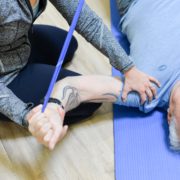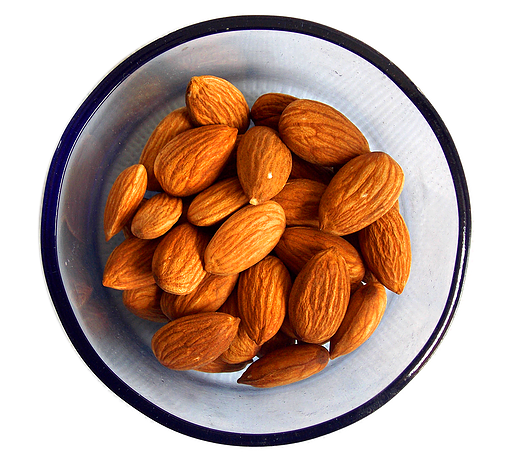The Number One Reason your Shoulder Pain isn’t Going Away
Statistics show that shoulder pain impacts approximately 15.4% of men and 24.9% of women. The prevalence of shoulder pain also tends to increase and become more severe as we age, especially for folks in their 50’s.
There are many reasons why we get shoulder pain. It’s the most mobile joint in your body, making it more susceptible to injury. But why – for some – does it seem to just linger and not go away?
The number one reason is mis-diagnosis. Here are a few examples of what that looks like.
- Your MRI says you have a rotator cuff tear – so you get surgery – yet the pain comes back or doesn’t fully resolve like they told you it would.
- You’re told you have impingement syndrome – so you get arthroscopic decompression surgery – no success.
- Perhaps you’ve been told you have tendonitis in your shoulder and need a cortisone shot – followed by physical therapy. Nope, that didn’t work either.
When it comes to shoulder pain, it’s critical that you know for certain the pain in your shoulder is actually coming from your shoulder. If not, you’re going to waste your time fixing the wrong problem and are more likely to get an unnecessary procedure or surgery.
So – if your shoulder pain isn’t coming from your shoulder – then where is it coming from?
The most common culprit is your neck or mid-back. In fact, studies have shown that 40% of the time extremity pain (including shoulder pain) comes from a source in your spine – even when you don’t feel any pain in your spine.
Here are a few key signs and considerations to help you figure out if your shoulder pain has been misdiagnosed:
1. Where is your pain located?
When your pain is coming from your shoulder, the pain will be localized to your shoulder joint. True shoulder pain is felt directly in front of your shoulder, on top of your shoulder, or in a more involved shoulder problem (like a rotator cuff injury) you might feel some achiness down the side of your arm. But it will never go below your elbow. If the pain goes past your elbow and into your forearm or hand, or radiates above your shoulder into your neck (the upper trap area), or if you feel pain deep inside of your shoulder blade into your mid-back – odds are pretty good that you’re dealing with a spine problem and not a shoulder problem.
2. Do your symptoms involve numbness, tingling or burning?
These are signs of nerve compression or irritation. If that’s happening – it’s likely coming from your neck – and could be due to something like a bulging disc – or a restricted/faulty movement pattern that is irritating nerve roots in your neck. You might feel symptoms in your shoulder, shoulder blade, or even down into your arm. What’s particularly misleading is that it’s entirely possible to feel all these nerve symptoms in your shoulder or arm – and not actually feel anything in your neck. If you’ve got more pain in your arm than you do your shoulder, be sure to get your neck fully checked out. This is a huge area of mis-diagnosis for those suffering with long-standing shoulder pain.
3. How is your posture?
Poor posture can wreak havoc on your shoulder joint – without you even knowing it. If you’ve got a really curved middle back, combined with a “forward head” posture, you’re just setting your shoulder up for failure. Chronic, poor posture will crowd the tendons and structures in your shoulder joint over time. Every time you raise your arm overhead, or try to lift something with an outstretched arm – there will be implications if you’ve got poor posture.
The tricky part about this scenario is that you really will have pain in your shoulder. You’ll have wear and tear of your rotator cuff, and you’re more likely to have degeneration in your shoulder joint that might cause it to feel weak. The confusion here is that the shoulder “problems” are actually symptoms. The real cause is your posture and it’s either been missed or not addressed. The good news is that if you address your posture, most of these “wear and tear” shoulder problems will go away naturally, and you can avoid unnecessary procedures and surgery. This problem flies so under the radar that it’s overlooked all the time.
If you’ve got a true shoulder problem and it’s been diagnosed correctly – it should go away with proper treatment.
If that’s not happening, it’s worth considering that the true source of your shoulder pain has been missed. Start by getting a thorough check of your spine.
Don’t know where to start?
You can request a free Discovery Call with someone from my client success team. They’ll let you know if we can help – tell you if you’re a good fit for what we do – and get you on your way to living pain free. CLICK HERE to request a free Discovery Call.
Carrie Jose, Physical Therapist and Pilates expert, owns CJ Physical Therapy & Pilates in Portsmouth, NH. To get a free copy of her guide to taking care of back pain – click here.







